Choosing the right replacement parts for your Eames Lounge Chair requires more than just finding a compatible fit....
Essential Office Chair Components: What to Look for When Selecting a Supplier
Overview: Introduce the significance of quality components in office chair production and how the right supplier can impact overall chair quality and customer satisfaction.
1. Understanding Office Chair Components
- What Are the Essential Components of an Office Chair?
- Discuss primary components such as the seat, backrest, armrests, casters, and base.
- Common Materials Used in Office Chair Components
- Explore the advantages and disadvantages of materials like plastic, metal, wood, and various fabrics.
- Innovative Technologies in Chair Components
- Highlight advancements like adjustable lumbar support, memory foam, and breathable mesh fabrics.
2. Key Features to Consider When Selecting Components
- Durability
- What materials ensure longevity? Discuss factors like tensile strength and wear resistance.
- Comfort
- How do cushioning and design impact user comfort? Discuss foam density and contouring.
- Ergonomics
- Importance of ergonomic design: What features should suppliers offer for optimal health benefits?
3. Supplier Types and What They Offer
- Different Types of Suppliers:
- Manufacturers vs. distributors: What are the benefits and drawbacks of each?
- Local vs. International Suppliers
- Discuss trade-offs between sourcing locally (shorter shipping times) and internationally (cost savings).
4. Evaluating Supplier Quality
- Certifications and Industry Standards
- What certifications (e.g., ISO, ANSI/BIFMA) should reputable suppliers possess?
- Reputation Assessment
- How to research supplier credibility: Importance of customer reviews, testimonials, and case studies.
- Samples and Prototypes
- Why obtaining samples is crucial before bulk purchases and how it can save costs.
5. Building a Strong Relationship with Your Supplier
- Open Communication
- Mutual Respect
- Long-Term Commitment
- Collaboration on Innovation
- Performance Evaluation
6. Shipping and Logistics Considerations
- Shipping Options and Costs
- Overview of different shipping methods (air, sea, land) and their pros and cons.
- Managing Logistics for International Suppliers
- Tips for ensuring timely delivery and handling customs regulations effectively.
7. Sustainability Practices in Component Sourcing
- Importance of Sustainable Sourcing
- Discuss why eco-friendly materials and practices are increasingly important in the industry.
- Eco-Friendly Materials and Suppliers
- Highlight options like recycled plastics, sustainable wood, and organic fabrics.
8. Customer Support and After-Sales Service
- What to Expect from Quality Suppliers
- Discuss the importance of responsive customer service and technical support.
- Warranty and Return Policies
- What warranty terms should you look for to ensure protection against defects?
9. Frequently Asked Questions (FAQs)
- What should I ask a supplier before making a purchase?
- Key questions to evaluate a supplier's capability and reliability.
- How do I know if a component is ergonomic?
- Signs and certifications of ergonomic design.
- What is the average lead time for custom orders?
- Typical timelines and factors affecting lead time in production.
Conclusion and Key Takeaways
Selecting the right supplier for office chair components is a critical decision that can significantly impact the quality, durability, and overall success of your products. As we've explored in this article, understanding the components, evaluating suppliers, and building strong relationships are essential steps in this process. Here are the key takeaways:
1. Understand Essential Components
Familiarize yourself with the essential components of office chairs, including seat cushions, frames, armrests, and wheels. Each component plays a vital role in the chair's comfort, functionality, and aesthetics. Having a thorough understanding allows you to make informed decisions when choosing suppliers.
2. Evaluate Supplier Quality and Reliability
Assess potential suppliers based on their certifications, quality control processes, customer reviews, and communication practices. A reliable supplier should meet industry standards and demonstrate a commitment to quality and service. For more on evaluating suppliers, refer to resources like The American Society for Quality.
3. Build Strong Supplier Relationships
Fostering open communication, mutual respect, and long-term commitment with your suppliers can lead to enhanced collaboration and innovation. A strong partnership not only improves product quality but can also provide advantages such as better pricing and priority service.
4. Stay Informed on Industry Trends
Keeping an eye on emerging trends—such as sustainability, ergonomic innovations, smart technologies, customization, and supply chain innovations—will help you stay competitive in the evolving office furniture market. Engaging with authoritative sources like Furniture Today can provide valuable insights.
5. Make Informed Decisions
Ultimately, the key to successful sourcing lies in making informed decisions based on thorough research and evaluation. By considering all aspects discussed in this article, you can establish a robust supply chain that supports your business objectives and meets customer expectations.
Final Thoughts
In a rapidly changing market, understanding the dynamics of office chair components and effective supplier management is more important than ever. By leveraging the insights from this article, you can position your business for success and create high-quality products that resonate with consumers.
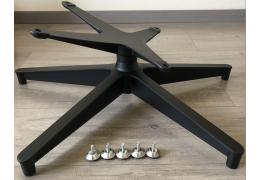
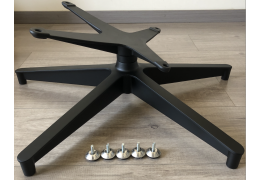


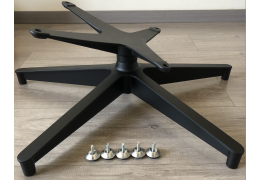



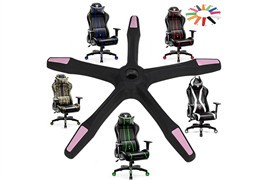
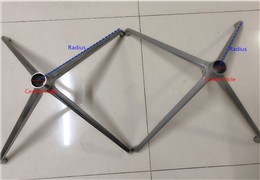


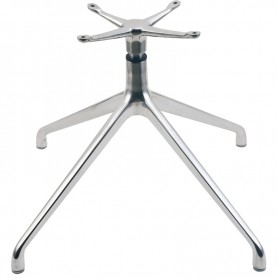
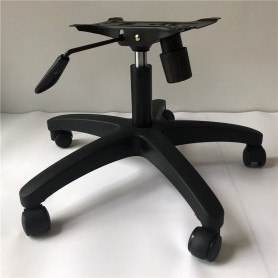
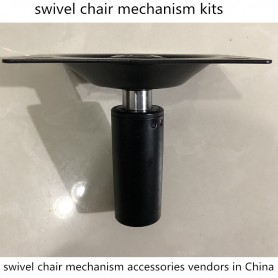
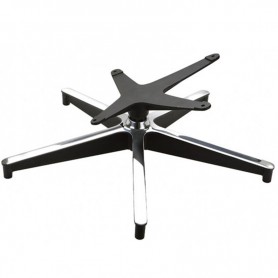

Latest comments